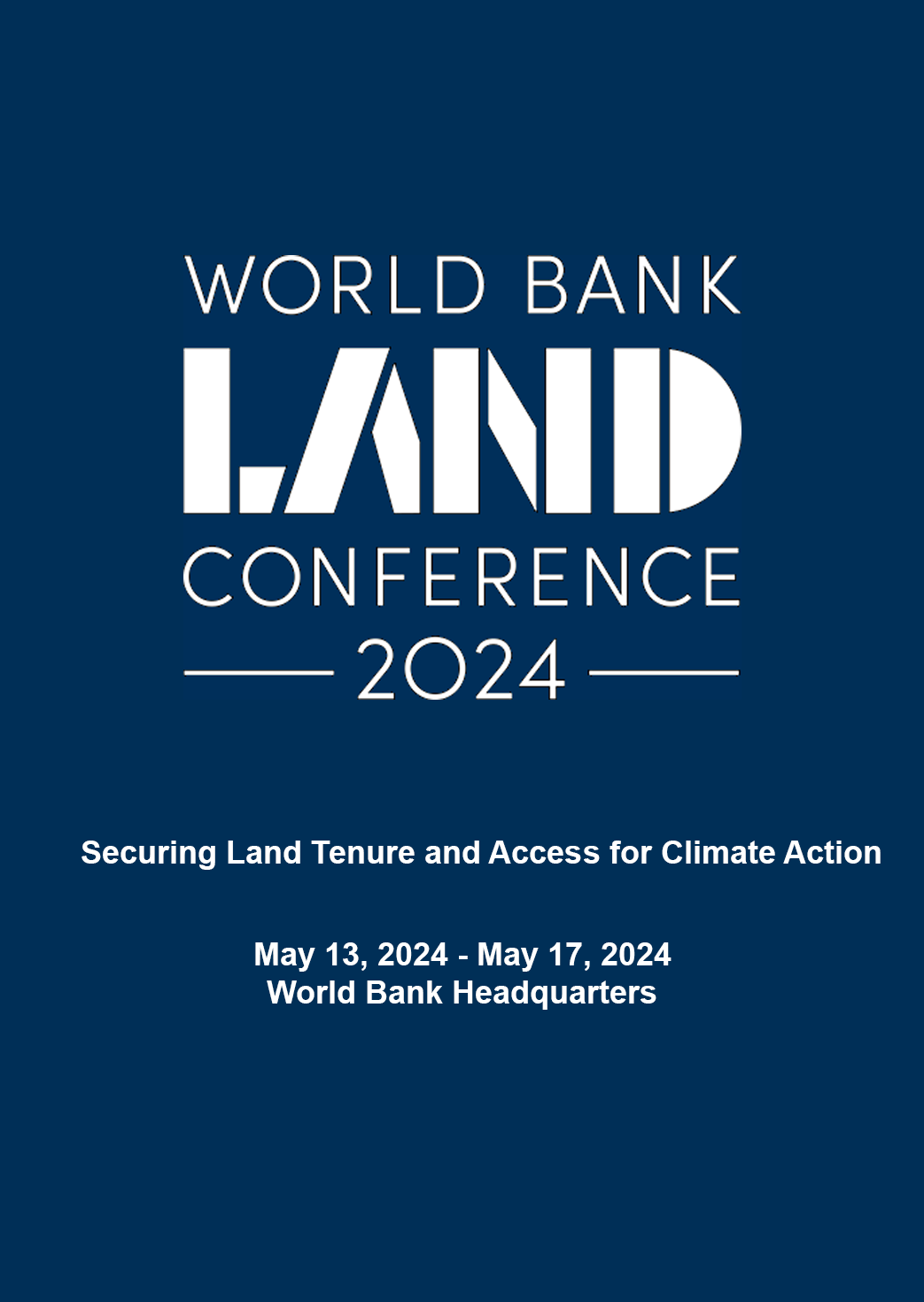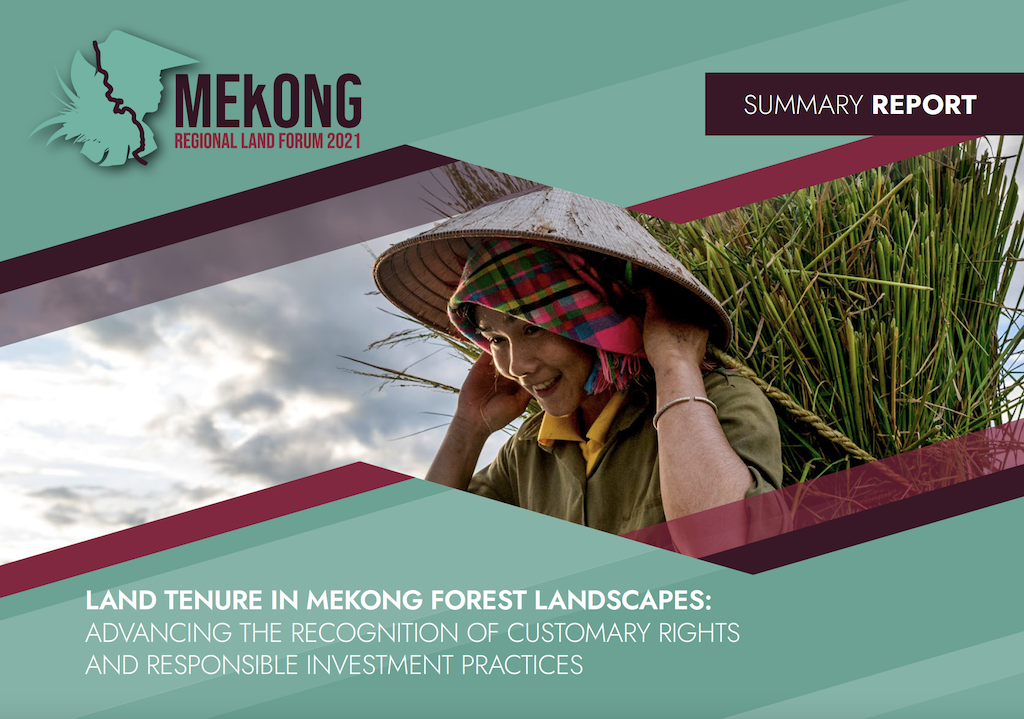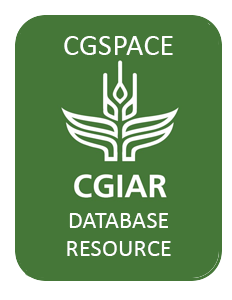The joint East Asia Pacific (EAP) and South Asia (SAR) Regional Workshop highlighted the importance of strengthening land tenure to achieve a sustainable and inclusive future. The event was part of the broader theme “Breaking Barriers: Access to Land and Poverty Reduction and Climate Resilience…
This case study details the work of the Samdhana Institute.
The Summary Report of the 3rd Mekong Regional Land Forum provides a comprehensive review of the key messages from the event including a synthesis of keynote speeches, key take-aways, the links to all presentations and additional documentation.
The Forum took place on 26 and 27 May…
The Summary Report of the 3rd Mekong Regional Land Forum provides a comprehensive review of the key messages from the event including a synthesis of keynote speeches, key take-aways, the links to all presentations and additional documentation.
The Forum took place on 26 and 27 May…
Land use and land cover change (LULCC) are dynamic over time and space due to human and biophysical factors. Accurate and up-to-date LULCC information is a mandatory part of environmental change analysis and natural resource management. In Sri Lanka, there is a significant temporal gap in the…
ICARDA continued to play a critical role in the development, improvement, and dissemination of climate-resilient crop varieties last year. The varieties strengthened food and nutritional security and provided a critical defense against extreme temperatures, water scarcity, and the emergence of…
A reliable supply of water is critical for agricultural intensification and yield improvement. Technological devices that lift, transport and apply water contribute to increased yield from improved crop varieties and high input cultivation. The increasing use of motor pumps is a significant…
Globally, increased investor interest in land is confronting various types of political mobilisations from communities at the grassroots level. This paper examines the case study of a land occupation movement called Chengara struggle in the largest corporate plantation in southern India. The…
Smallholder farmers in the mid-hills of Nepal are facing an acute labor shortage due to out-migration which, in general, has affected the capacity to achieve timely crop establishment, harvest, and inter-cultural operations. These effects are more visible in the case of labor-intensive crops…
Demand for organic basmati rice (OBR), both at home and abroad, coupled with policy reforms in India have given rise to contract farming (CF) production in that nation. OBR production, however, is highly susceptible to weather and pest risks. This study investigates the impact of smallholders’…
This study investigates the impact of contract farming (CF) in baby corn production on yield, irrigation costs, fertilizer costs and usage of chemical fertilizer. We find that adoption of CF by baby corn smallholders, after controlling for characteristics of both control and treatment groups,…










